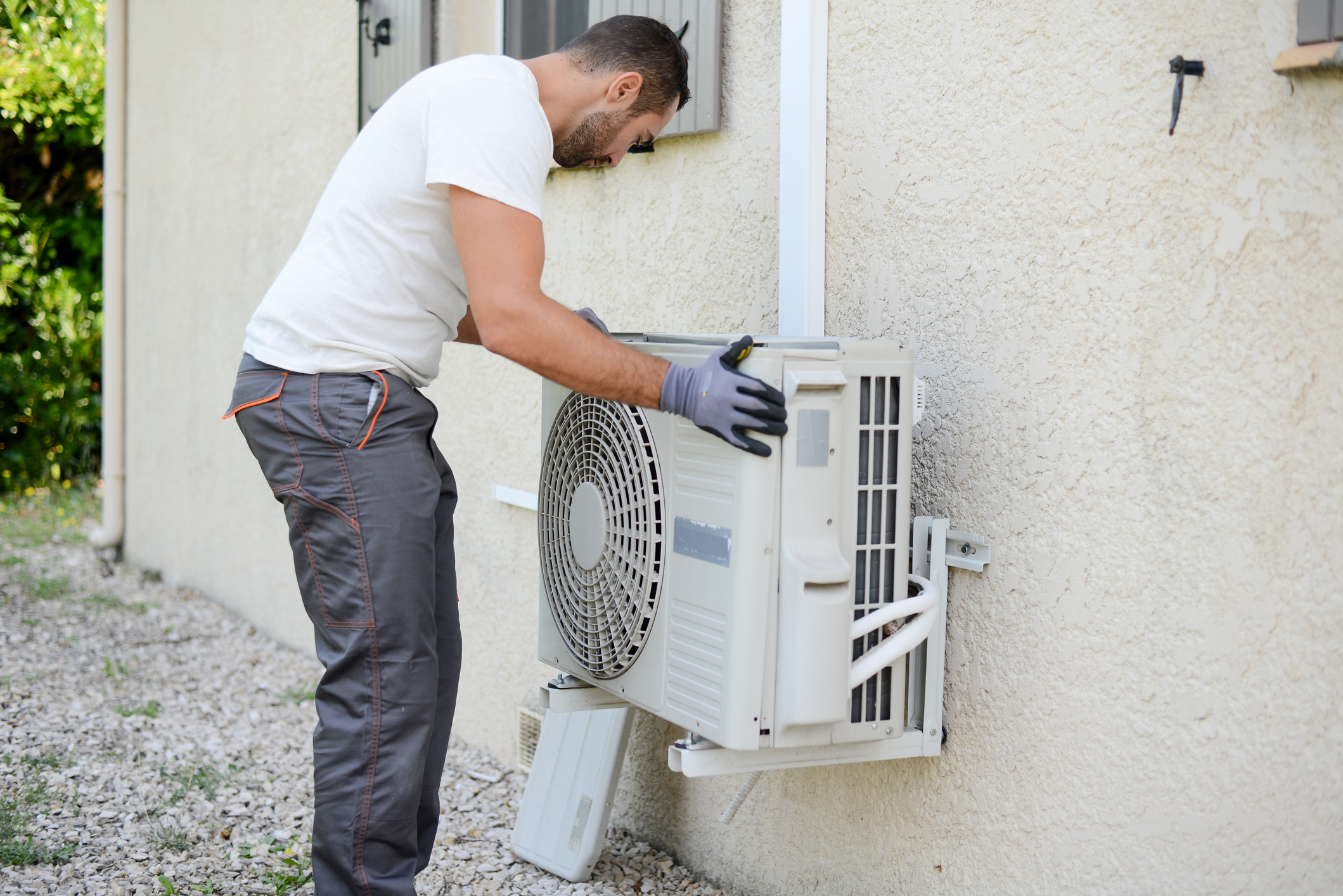As global temperatures rise and energy consumption surges, the demand for efficient and sustainable cooling solutions has never been more pressing. Traditional air conditioning systems have long been notorious for their energy inefficiency and environmental impact. However, the advent of modern technologies and innovative techniques is revolutionizing the way we approach AC installation. In this article, we delve into the latest advancements in cooling technology, exploring how they are reshaping the industry for the better.
1. Smart Thermostats and Controls:
Gone are the days of manual temperature adjustments and wasted energy. Smart thermostats have emerged as a game-changer in AC unit installation, offering precise control and optimization of indoor climate settings. These devices leverage advanced sensors and algorithms to learn user preferences, adjust cooling schedules automatically, and even integrate with other smart home systems for seamless operation. By optimizing energy usage based on occupancy patterns and external conditions, smart thermostats help reduce utility bills and minimize environmental impact.
2. Variable Refrigerant Flow (VRF) Systems:
Traditional HVAC systems often suffer from inefficiencies caused by constant-speed compressors and fixed airflow rates. In contrast, Variable Refrigerant Flow (VRF) technology enables precise modulation of refrigerant flow to match varying cooling demands across different zones within a building. By dynamically adjusting compressor speed and refrigerant flow, VRF systems deliver superior comfort control, energy efficiency, and quieter operation compared to conventional AC units. Moreover, their modular design allows for easier installation and scalability, making them ideal for both residential and commercial applications.
3. High-Efficiency HVAC Components:
The efficiency of an air conditioning system is heavily influenced by the performance of its individual components. In recent years, manufacturers have made significant strides in developing high-efficiency compressors, heat exchangers, and fans that minimize energy consumption while maximizing cooling output. From scroll compressors with enhanced lubrication systems to advanced blade designs for optimal airflow, these innovations contribute to overall system efficiency and longevity, translating into lower operating costs and reduced carbon emissions over time.
4. Ductless Mini-Split Systems:
Traditional ducted HVAC systems can suffer from energy losses associated with ductwork leakage and inadequate insulation. Ductless mini-split systems offer a compelling alternative by eliminating the need for ducts. These systems consist of compact indoor units mounted directly in the spaces they serve, connected to an outdoor compressor unit via refrigerant lines. Not only do ductless mini-splits improve energy efficiency by eliminating duct losses, but they also provide greater flexibility in zoning and temperature control, allowing occupants to customize settings for individual rooms or zones.
5. Geothermal Heat Pumps:
Harnessing the stable temperature of the earth below the surface, geothermal heat pumps offer a highly efficient and environmentally friendly solution for space heating and cooling. By circulating fluid through underground loops, these systems extract heat from the ground during the winter months and transfer it indoors for heating. In the summer, the process is reversed, with heat from the building being transferred back into the earth. Geothermal heat pumps boast impressive energy efficiency ratios (EERs) and can significantly reduce both heating and cooling costs over their lifespan, making them a sustainable choice for the installation.
6. Energy Recovery Ventilation (ERV) Systems:
While maintaining comfortable indoor temperatures is essential, ensuring adequate ventilation is equally important for indoor air quality and occupant health. Energy Recovery Ventilation (ERV) systems address this challenge by exchanging stale indoor air with fresh outdoor air while recovering energy from the exhaust air stream. By transferring heat and moisture between the incoming and outgoing air streams, ERV systems help regulate indoor humidity levels and reduce the workload on HVAC equipment. This results in improved indoor air quality and energy efficiency, particularly in tightly sealed buildings where natural ventilation is limited.
7. Solar-Powered Air Conditioning:
With the increasing affordability and efficiency of solar photovoltaic (PV) technology, solar-powered air conditioning systems are becoming increasingly popular as a sustainable cooling solution. By harnessing the abundant energy of the sun, these systems generate electricity to power air conditioning units, reducing reliance on the grid and lowering operating costs over time. Integrating solar panels with AC unit installation not only reduces carbon emissions but also provides greater energy independence and resilience against rising utility rates.
8. Eco-Friendly Refrigerants:
The refrigerants used in air conditioning systems play a significant role in determining their environmental impact. Traditional refrigerants such as hydrochlorofluorocarbons (HCFCs) and hydrofluorocarbons (HFCs) are potent greenhouse gases that contribute to global warming when released into the atmosphere. In response to growing environmental concerns, manufacturers are transitioning towards eco-friendly alternatives with lower global warming potentials (GWPs). These include hydrofluoroolefins (HFOs), hydrocarbons (HCs), and natural refrigerants such as carbon dioxide (CO2) and ammonia (NH3). By adopting AC systems that use eco-friendly refrigerants, homeowners and businesses can mitigate their carbon footprint and support sustainability efforts.
The evolution of air conditioning installation techniques reflects a broader shift towards sustainability, efficiency, and innovation in the HVAC industry. From smart controls and variable refrigerant flow systems to geothermal heat pumps and solar-powered AC, the options for modern cooling solutions are diverse and promising. By embracing these advancements, we can not only create more comfortable indoor environments but also reduce energy consumption, lower utility costs, and mitigate the environmental impact of air conditioning.
Ready to revolutionize your cooling system? Contact us at Harlen Johnson Heating and AC at (972) 241-7771 today to explore cutting-edge AC installation options tailored to your needs and preferences. With our innovative solutions, you can stay cool while saving energy and supporting sustainability.
 Schedule a Service
Schedule a Service




 Call Us 972-241-7771
Call Us 972-241-7771